

Remember the time we told you how we’re learning from history while reinventing the wheel? Well, today we will be discussing the future and the technologies from the present which are paving the way in the preparation for the driverless era. The shared belief among major automotive players is that self-driving cars are inevitable. When they arrive in tidal waves, they will transform transportation and industries attached to the car.
Every day, engineers are challenged with creating safer and more efficient vehicles that appeal to a wide user-base. The race for efficiency has brought us lighter and more efficient internal combustion engines, sophisticated transmission systems, and lighter components. It also brought us in-wheel direct-drive electric motors. But still, the appearance of our cars is characterized by the traditional drivetrain layout with the domination of a central engine, a gearbox and power transmission. Together, they create a series of complex systems, which are hard to control electronically, expensive to manufacture. Moreover, they make the vehicles heavier. As the majority of the drivetrain is placed in front and below the passenger compartment, the space available to designers for user-centric design becomes severely limited. If we turn things around and imagine freely what we would like our car to be, we would value space above all – space for comfort, space for function and space for freedom.
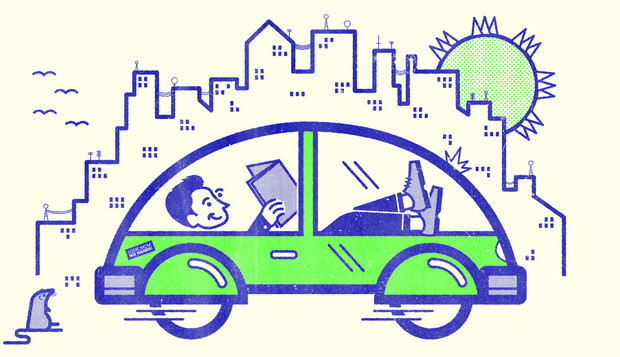 In this story, the in-wheel motor takes the side role, but brings the idea home, by providing torque and power exactly where it is needed, thus freeing up the design landscape for the imaginative designers to build the car faster, making it safer, with superior handling dynamics and most of all – smarter, more fun and more comfortable than the couch at home. But what will the race towards self-driving cars bring beside the implied turnaround of the user-experience?
In this story, the in-wheel motor takes the side role, but brings the idea home, by providing torque and power exactly where it is needed, thus freeing up the design landscape for the imaginative designers to build the car faster, making it safer, with superior handling dynamics and most of all – smarter, more fun and more comfortable than the couch at home. But what will the race towards self-driving cars bring beside the implied turnaround of the user-experience?
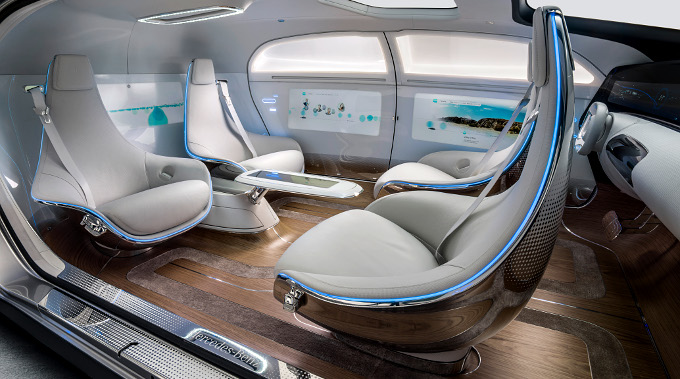

The success of passenger cars such as the Chevy Bolt, Nissan Leaf, BMW i3 and Tesla Model 3 shows that consumers are embracing electric drives as the propulsion system of the future. But we also know that the technological side of developing truly autonomous vehicles is a long game.
Although the technology is moving quickly, regulations and so many other aspects of this field still have a long way to go. The Elaphe smart propulsion architecture together with the new range of Elaphe in-wheel motors puts us one step closer towards the base for a truly smart self-driving platform. As the technology pushes the drive-by-wire concept closer towards wide deployment, enabling technologies like the in-wheel drivetrain will be key for user-centered design and maximizing the abilities of smart cars to drive us around autonomously.
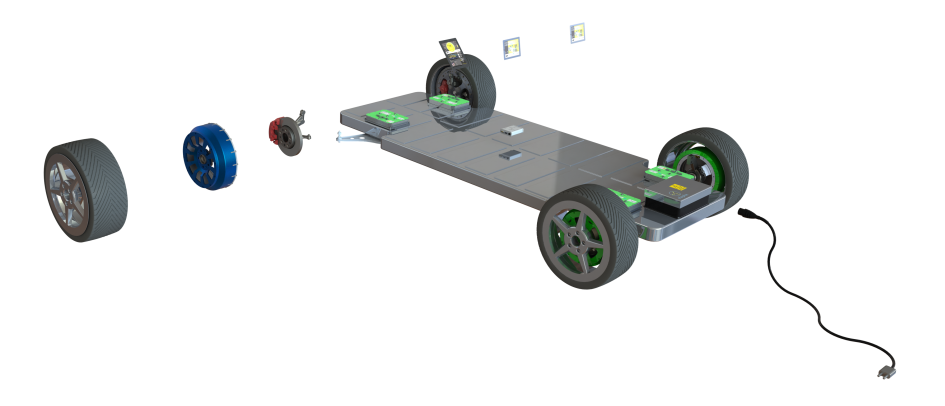

Sensorized cars were the first step and it all started with the parking assistance sensors we all know so well. The 1990s brought us the first adaptive cruise-control systems and automated parking was in the making since the late 1980s. Although it took more than 10 years for automated parking to make its first debut in consumer vehicles, it finally came with the introduction of the second generation of Toyota’s famous Prius hybrid in 2003.
The rise of consumer electronics with the advent of the smartphone era has been the driver for the transformation of multiple industries since the introduction of the original iPhone. The automotive industry is no exception. Smarter cars were the first step, and the industry has embraced this concept to the point that the biggest news story at the Consumer Electronics Show in Las Vegas could not be measured in terms of pixels, megabits or watts, but kilometers per hour, with major automotive players betting on connected cars.
Surely, individual vehicles will benefit from information obtained from other vehicles in the vicinity, especially information relating to traffic congestion and safety hazards, making our transit safer and less stressful. But, are we there yet?
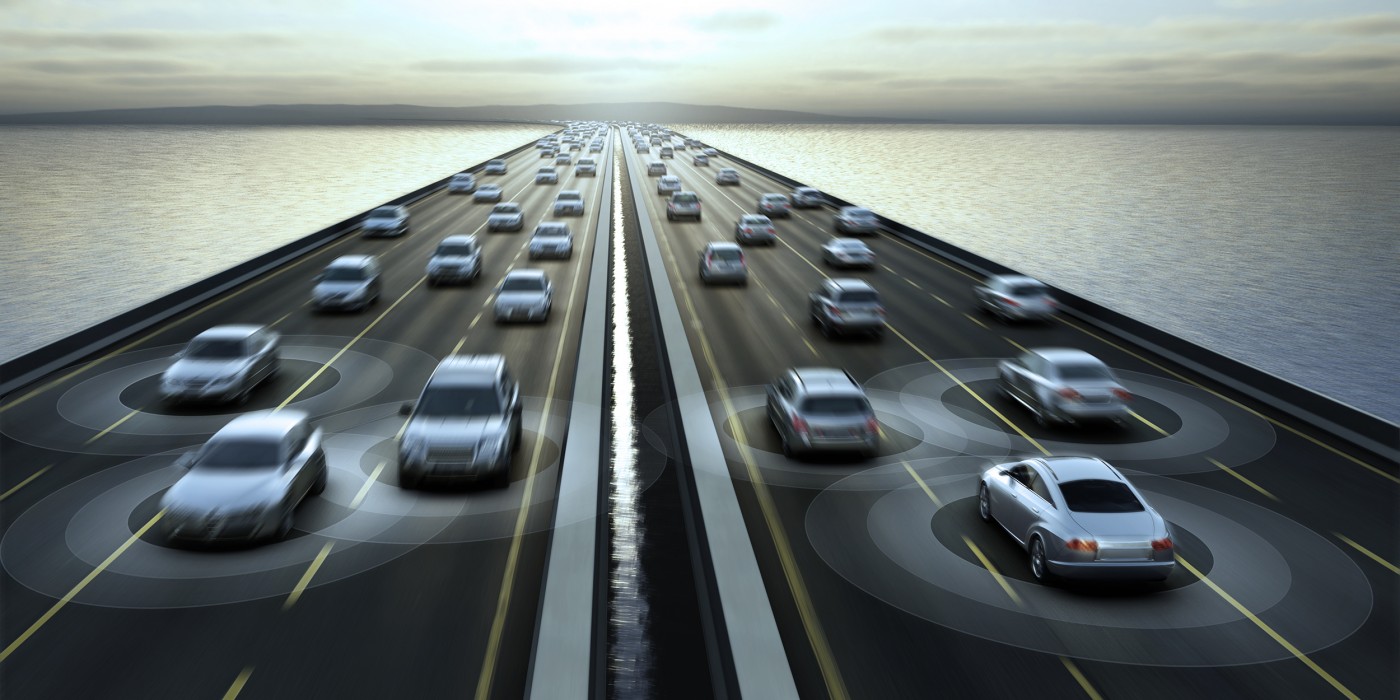

For now, humans are mostly doing the driving, but the AI inside the cars is doing the learning. A recent study on road-safety shows that autonomous vehicles on the roads in California have crashed more often than regular ones, but the incidents have been far less serious as those caused by humans behind the wheel.
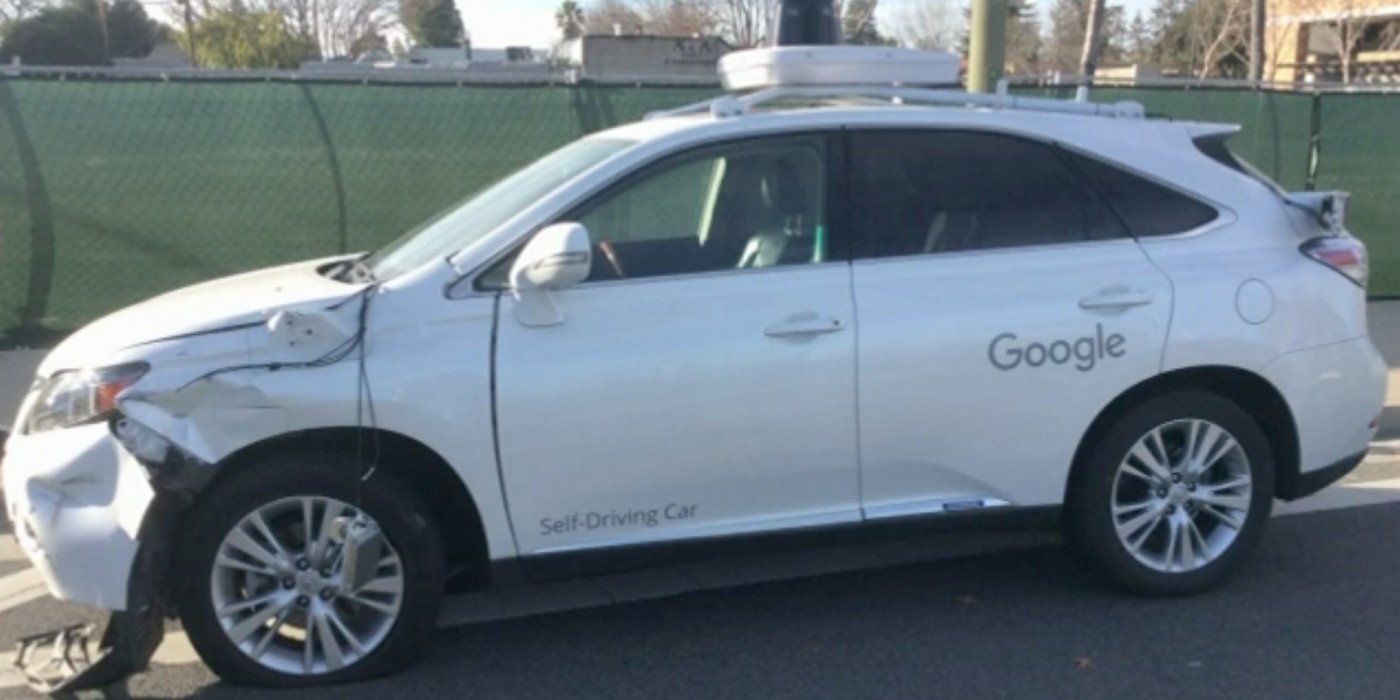

However, driverless cars could have a problem – some of us love driving. But what if your living room could drive you anywhere – would you still prefer looking at the road when you could be taking in the amazing scenery around you?


[1] – GSMA 2013
[2] – Navigant Research 2013
[3] – IEEE, 2015